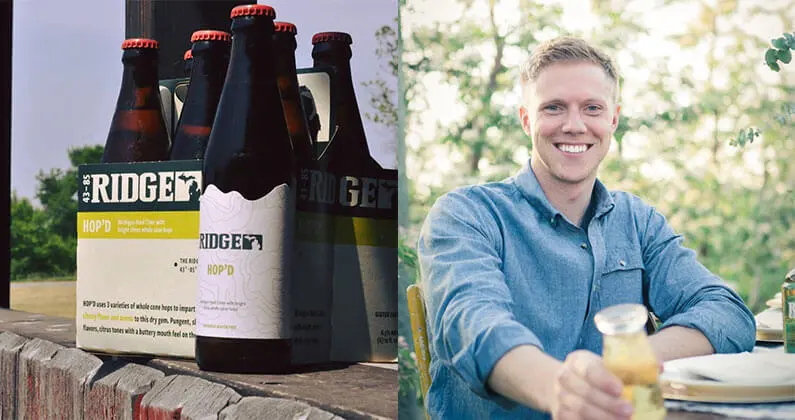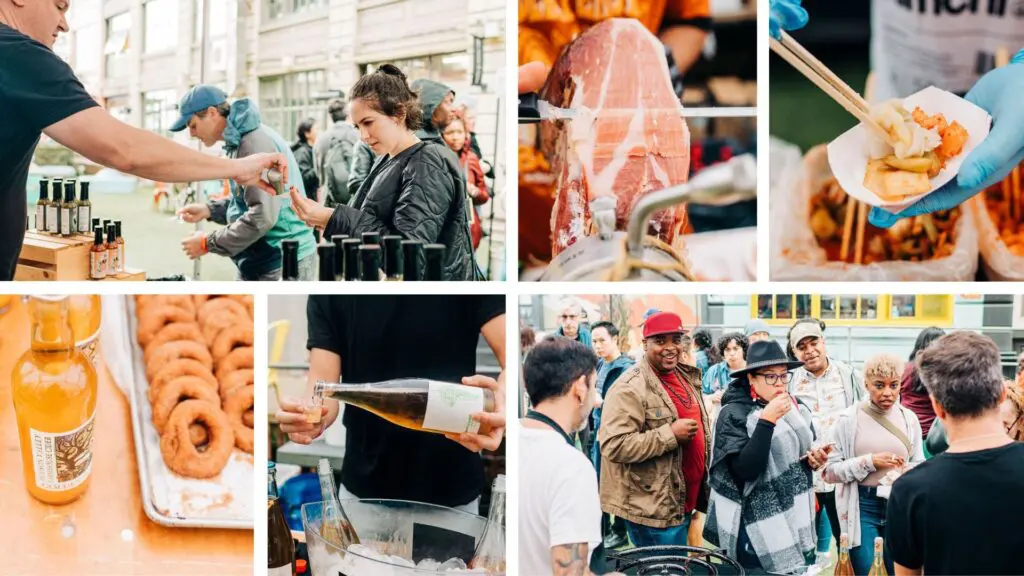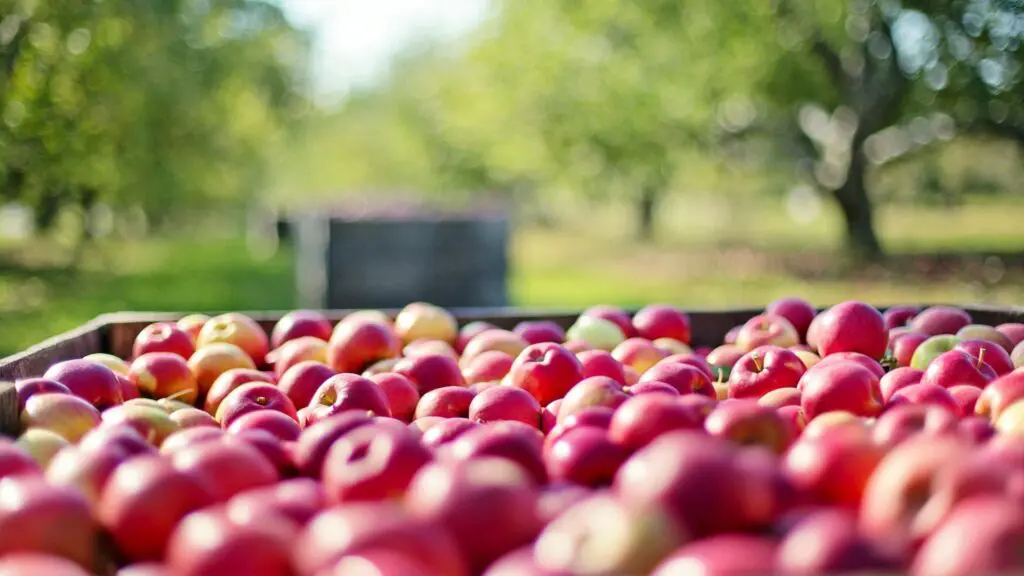On the Thursday of CiderCon 2018 in Baltimore, I met Matt DeLong outside of the host hotel’s grand ballroom after a day of meetings, toasts, salons and panels. Despite the focus and energy that CiderCon requires, he appears fresh and enthusiastic about discussing his work at Ridge Cider Co. On our walk to the lobby lounge, DeLong begins telling me about the region that inspires him: the prime apple-growing belt of Michigan called the Ridge.
“The name comes from the unique topographical land features adjacent to Lake Michigan,” he says. “This region is responsible for roughly 65 percent of Michigan’s apple production, which in turn is responsible for placing Michigan in the top three apple-producing states in the nation.”
Proud of his state’s pedigree and the tremendous growth of cider in Michigan, DeLong says a local cider option is available at nearly every retailer and restaurant in the state. Michigan’s commercial cidermaker roll call was a short list just 10 years ago, and today is nearing 70 producers, he adds.
Arriving in the already-packed lounge, we see the first open corner and settle onto a velvet banquette. DeLong picks up the drink specials menu on the low table in front of him, and orders the only cider on special as soon as the waiter comes around.
DeLong grew up in Fremont, Michigan, surrounded by apple orchards and making fresh cider each year as a child. It was his time working in the orchards in his youth where he learned what would happen to this fresh cider if it sat just a little too long, becoming “hard” cider. From here, he was all in.
“As I grew older I continued to make many variations of hard cider, to the point where I found myself making hard cider that many people liked or even preferred,” he recalls. “I learned that I couldn’t find hard cider on store shelves that was similar to the approach I was taking with my cidermaking process. This inspired me to form Ridge Cider Co.”
When our drinks are delivered, DeLong tastes his and gives it his nod of approval, offering a comment on his first impression. This ritual of tasting also propels us into a comfortable conversation on one of our favorite subjects: apples and how to make cider out of them. DeLong has clearly spent a lot of time refining his methods.
“The craft of turning an apple into something like our hard cider never gets old to me, but rather keeps me thinking about the further possibilities of making more and more interesting hard cider that we can look back at years from now and pop the cork,” he says. “We put great care in both the quality and varieties of apples we use. Any additional ingredients we use are also real fruit or spices. We always keep our liquid completely natural. We use whole apples all the time. We will not substitute real apples for anything else. In my opinion, if it isn’t made from whole apples it isn’t a hard cider.”
The themes explored by speakers at CiderCon also make appearances in our discussion, such as the importance of recognizing whom one is selling to. In that regard, DeLong is secure in his chosen audience and the latest products his company is providing to them.
“Our customer is an individual that desires something clean and natural,” he says. “Someone that prefers something light and crisp that is also on the dry side in terms of sugar content. Our customer is someone that prefers a beverage with no added sugar or artificial additives. Someone that wants a product that is crafted from branch to bottle.”
Ridge Cider recently launched new packaging of six-pack, 12-ounce bottles, with distribution growing daily, says DeLong, and three products in total: Porch Sittin’ (infused with vanilla beans and cinnamon), Hop ‘D (made with whole cone hops) and RaspBerry (raspberry-infused).
Once our beverages are drained and the bill settled, DeLong says he has to rush off to the next meeting, but takes another moment to mention his muse with full credit.
“The Ridge has a rich heritage of family-run farms producing many varieties great for making hard cider, [and] its location near Lake Michigan provides a unique climate the helps prevent a frost in the early spring,” he continues. “158 square-miles of orchards will ensure we are always using whole, local apples. We intend to represent hard cider as a category for what it truly is and should be based on our customers desire for something real, something artfully crafted from local fruit. We are Michigan’s choice for a widely shared, natural hard cider.”









